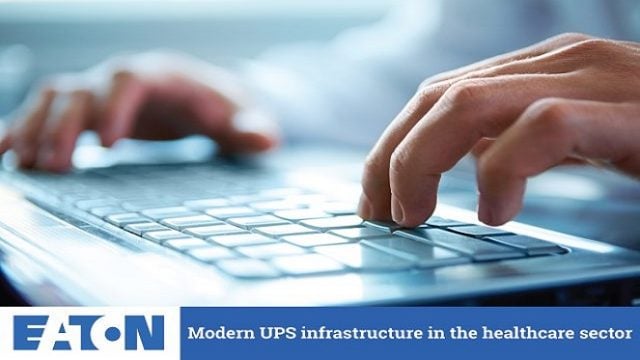
In the past decade alone, IT infrastructure has undergone massive changes. Within the healthcare sector, these changes have had an especially major impact, helping to optimise patient care on a far greater level. These advancements come at a high cost, however, with a large need for affordable and available solutions that ensure the highest possible uptime.

The Biggest Challenges Faced By IT Infrastructure In The Healthcare Sector
With the constant changes in IT infrastructure comes a whole new set of challenges where the healthcare industry is concerned. These need to be addressed in order for healthcare facilities to reap the rewards that the constant shifts in modern IT have to offer.
The most important challenges posed by IT infrastructure within the healthcare industry include the following:
Data protection is a major concern, and for good reason. The rise of real-time data access on a large scale has made it far easier for medical professionals to quickly and easily access patient information, create personalised treatment plans, and improve communication. These advantages come with a rising need for data protection to ensure that big data can be managed effectively and safely.
With the growth of data, there is an increased need for data centres that can scale simply and safely. Outdated data centres can lead to frustration and struggles to align data systems with current IT systems. It becomes far harder to update outdated centres, too. Smart healthcare centres are looking towards the cloud for remote storage and hybrid data centres that streamline data centres considerably.
The Internet of Things is on the rise, and it will continue to change the way that the world works. IoT helps to bridge the gap between technologies, making it easy for patients to access healthcare services and tools with just a smartphone. From streamed data from pacemakers, all the way to video-streamed doctor appointments and health monitoring apps, getting access to healthcare requires the right tools and stringent security protocols to ensure that everything runs smoothly.
Another thing on the rise is telemedicine. The effects of COVID-19 and global lockdown is the need for remote healthcare. Video conferencing can be used to allow patients to get help without the need for in-person visits. This leads to the rise of video conferencing software and VPNs but it also comes at the risk of security if solutions are not chosen carefully.
There is a huge need for enhanced cybersecurity as a whole. The consequences of data breaches can be devastating. At the very least, the risks can include reputation damage. At worst, risks can lead to DDoS attacks, complete hacks, downtime and other more serious threats. Without a comprehensive system in place to navigate these risks, it is difficult to ensure complete security.
Finally, another challenge faced by the healthcare sector is compliance. The healthcare industry is governed by stringent compliance regulations in order to protect patients as well as medical professionals. The rise of electronic medical records has tightened compliance even further. HIPPA and various other laws make vigilance essential - especially when it comes to data-handling and privacy on the cloud.
Understanding these challenges is the first step in embracing the many changes facing healthcare technology. This will allow providers to find the best IT infrastructure that is designed to meet the unique needs of the healthcare sector.

© Copyright 2024 Tarsus Distribution